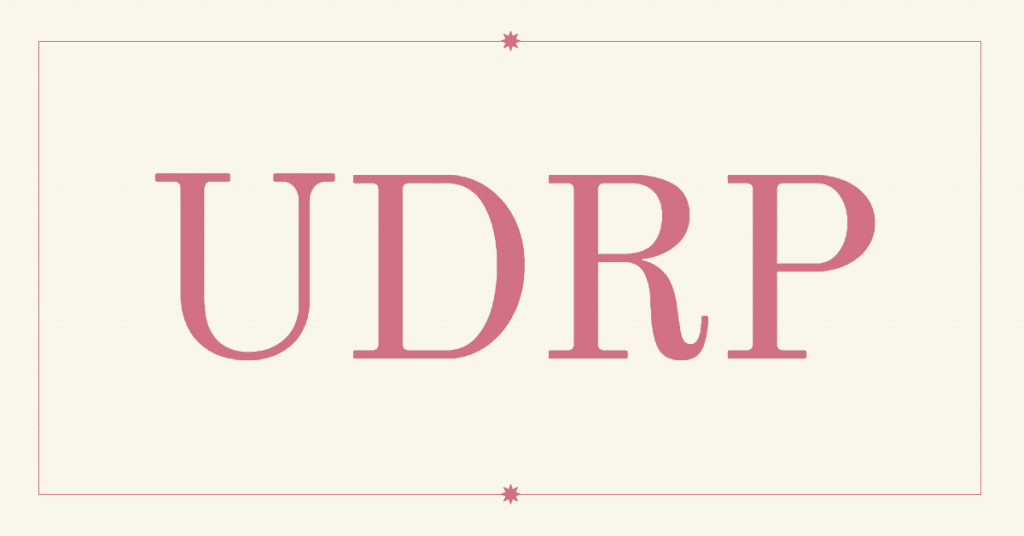Internet Commerce Association among commentors on UDRP Policy Status Report.

The Generic Names Supporting Organization (GNSO) is currently conducting a review of all rights protection mechanisms in the gTLD space. The first phase examined the rights protection mechanisms created for new TLDs. Phase two, which focuses exclusively on the UDRP, is just getting rolling.
ICANN recently published data about the UDRP and asked for public comment.
The chance to change UDRP is undoubtedly something that domainers should care about. Whether you like it as it is or think it should be modified, you can be assured that interests that want to make it easier to take away your domains will try to take advantage of the opportunity.
As I posted recently, UDRP change is one of the reasons why domain investors might want to get involved in ICANN. Or at least support organizations representing domain owners; Elliot Silver noted last week that these sorts of public comment opportunities are why he joined the Internet Commerce Association (ICA).
The ICA submitted comments, as did individual domainers (myself included). In its lengthy, comprehensive response, the ICA highlighted the key factors to be examined and reassessed in phase two:
- The review can’t last forever – it’s important to target issues that matter to mark holders and registrants, and work on those efficiently. (ICA has been working on UDRP for a long time.)
- UDRP cannot be both shield and sword for trademark holders – the growing trend of reverse domain name hijacking decisions demonstrates that the current system is misused by “covetous” brands.
- The UDRP is ancient, in internet terms, and much has changed since it was created. Updating the context in which the UDRP operates is critical for predictability and consistency in interpretation.
- The ICA offers some guidelines and goals for creating an efficient, rational, and collaborative review process that can benefit both trademark owners and domain investors. One of its guidelines is that the recommendations should come from a consensus of experts on “both sides” of the fence – although the ICA also believes that reform of the UDRP is not a zero-sum game.
This is definitely something to keep an eye on.






All UDRP decisions should be default 3-person panels, unless Respondent opts-out for a sole panelist. Increase Complainant filing fee by an additional $500-$1,000 to pay the difference.
At a minimum, all sole panelist decisions against a RESPONDENT should have a 3-panel appeal option.
All believe that the UDRP should be aligned much for Cliosely with Trademark laws. Which Countries Trademark laws I dont know, but maybe USA or EU, or one of main one. I have always felt it wrong that Complainants can “use” Trademark Laws to invoke a UDRP ,but the Respondent cannot use Trademark Laws to respond. Example 1. Complainant has a Figurative TM for a common word. They could NOT get a WORD mark for common word, but still they can use the domain name from Respondent. Example 2. Respondent has applied for a Trademark and wanted the domain name before they applied for TM. WHY should Respondent lose domain at UDRP simply because they applied for but not yet granted a TM ?. They should’nt. In EU ,in filing the TM application, if TM granted then rights are backdated TO the date of filing. Thus they have rights immediately at date of filing. UDRP will not accept this position as having rights in the name/domain.
I think the rules used to determine an instance of reverse domain name hijacking (RDNH) need to be tweaked. It should not be so loosely written that an instance comes down to the panel’s interpretation or opinion. RDNH should almost be automatic if a complaint fails the UDRP with the rules made so that the complainant must prove that they aren’t engaged in RDNH (including against any evidence the respondent provides).